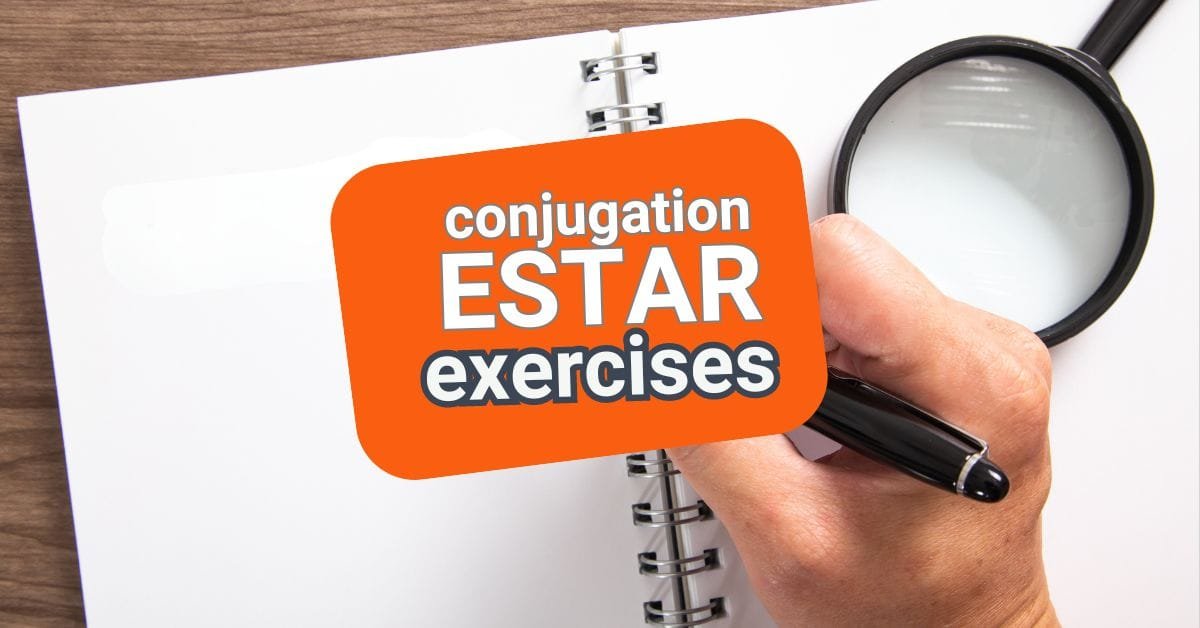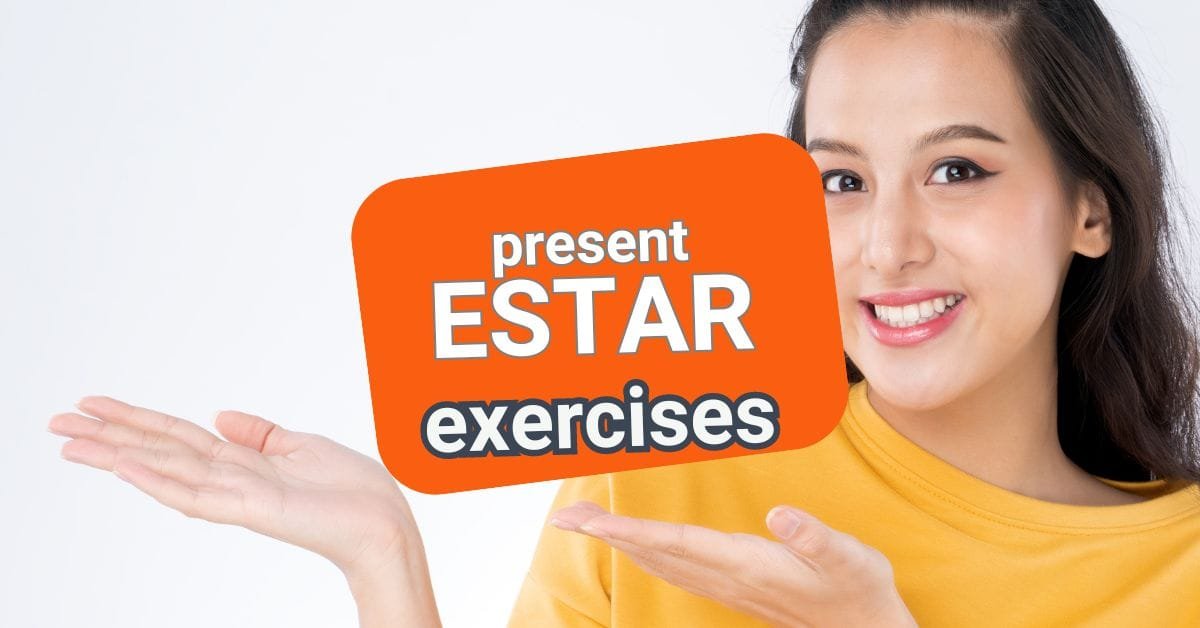Spanish ABC Exercises: Mastering the Key to Your Learning Journey If you want to learn Spanish, you must begin with its most fundamental building blocks: the letters of the alphabet. These sounds and symbols are the foundation for everything else you’ll read, write, hear, and say in Spanish. Having said that, it seems logical to go for Spanish ABC exercises as a starting point for anyone learning the language.
If you’re just beginning your Spanish journey, this guide is perfect for you. It introduces you to the Spanish alphabet, explains how and why it differs slightly from English, and gives you practical tools to practice and build confidence in your pronunciation.
Why Practice the Spanish Alphabet?
You might be wondering: why focus so much on the alphabet when learning Spanish? The answer is simple. Knowing the alphabet helps with pronunciation, spelling, and listening comprehension. And these are for sure skills you’ll need in every part of communication.
In Spanish, each letter has one consistent sound. Thies differ so much from English, where the pronunciation of a letter can change depending on the word. For example, the letter “a” in Spanish is always pronounced like the “a” in “father,” no matter where it appears in a word. The good news is this makes Spanish spelling more predictable, which is great news for learners.
Practicing the alphabet helps you:
- Pronounce words more clearly and correctly
- Recognize new words when you hear them
- Spell unfamiliar words with confidence
- Understand spoken Spanish more easily
Being able to recognize letters and their sounds in Spanish is a key factor. This will make the difference and put you in advantage saving time, minimizing mistakes and preventing confusion.
Exercise: Listen and Identify
This interactive exercise is perfect for beginners learning Spanish online. Start by watching two videos that introduce the Spanish ABC using different accents. The first video is from Spain, and the second one is from Latin America. Listening both will give you a broader understanding of pronunciation differences across the Spanish-speaking world.
- Video 1: ABC Spanish Alphabet from Spain. This video walks you through the Spanish alphabet using a Castilian Spanish accent. You’ll hear how each letter is pronounced and see example words that start with each letter.
- Video 2: ABC Spanish Alphabet from Latin America. This version uses a Latin American accent and also provides example words.
Listening to both helps train your ear to different regional pronunciations. After watching, complete the interactive quiz to test your understanding and pronunciation of the Spanish letters.
Ready to Test Yourself?
After watching the videos, try this short quiz to test your understanding of Spanish letters and pronunciation. As you go through the questions, say each letter out loud. This strengthens your pronunciation and helps form strong memory connections. Don’t forget to say each letter out loud to improve your pronunciation!
Don’t worry if you don’t get everything right the first time. These Spanish ABC exercises are meant to be repeated. The more you practice, the better your results will be.
Learning Tip: Use All Four Skills
To get the most out of these exercises, try to practice the alphabet using all four language skills:
- Listening: Watch the videos multiple times and focus on the sounds.
- Speaking: Say each letter and word aloud.
- Reading: Follow the letters visually as you hear them.
- Writing: Practice writing the alphabet in cursive and print.
When you combine these skills, you will be able to learn faster and retain more information.
Common Questions About the Spanish Alphabet
Almost. The modern Spanish alphabet has 27 letters. It includes all the letters of the English alphabet plus the letter ñ (as in “año”). It no longer includes “ch” and “ll” as separate letters, but they are still common combinations.
Some letters, like “r” and “j”, have sounds that don’t exist in English. The “r” in Spanish is tapped or rolled, while “j” has a strong, throaty sound. That’s why it’s important to hear native speakers say them and then practice on your own.
That’s normal! Focus on listening closely and mimicking what you hear. Record yourself saying the alphabet, then compare it to native pronunciation. Over time, your accuracy will improve
Keep Learning and Build Confidence
Keep Learning and Building Confidence
If you found this exercise helpful, here are more ways to keep building your skills with the alphabet:
- Sing the Spanish ABC song to internalize the letter sequence
- Write new words you learn and spell them aloud
- Use alphabet flashcards with pronunciation guides
- Watch more beginner Spanish videos and read subtitles
- Repeat the interactive quiz once a week to measure progress
Remember, mastering the alphabet is not just a one-time activity—it’s a core part of Spanish fluency that supports everything else you’ll learn.
Want to learn more? Check out our complete guide to the Spanish Alphabet or visit the Exercises section for more interactive activities.
Now that you’ve practiced the Spanish ABCs with us, don’t stop here! Repetition and consistency are key to mastering pronunciation and internalizing the structure of the Spanish alphabet. Try reading words aloud, singing the ABC song in Spanish, or even recording yourself to track your progress. The more you engage with the sounds of the language, the more confident you’ll feel.
And remember: learning Spanish is a journey, not a race. Keep showing up, practicing a little every day, and you’ll be amazed at how far you can go.
¡Sigue adelante y hasta pronto! (Keep going and see you soon!)🌟📘🎧
¡Buena suerte! (Good luck!)

